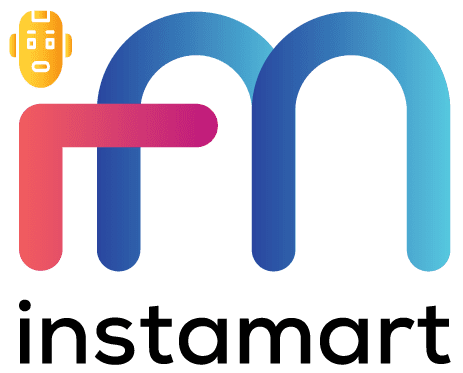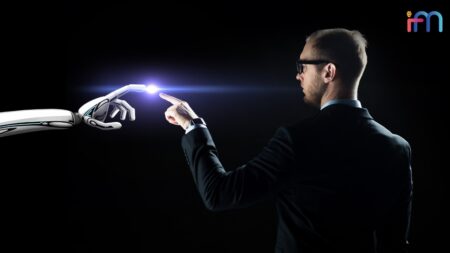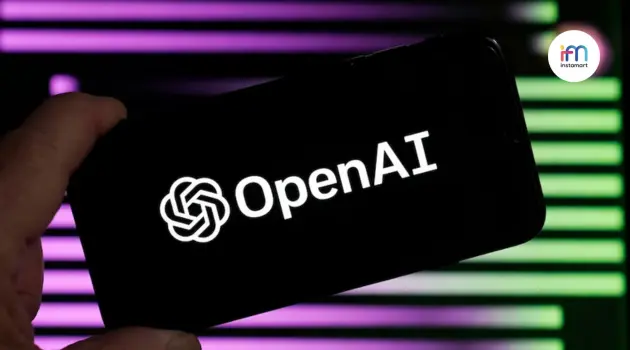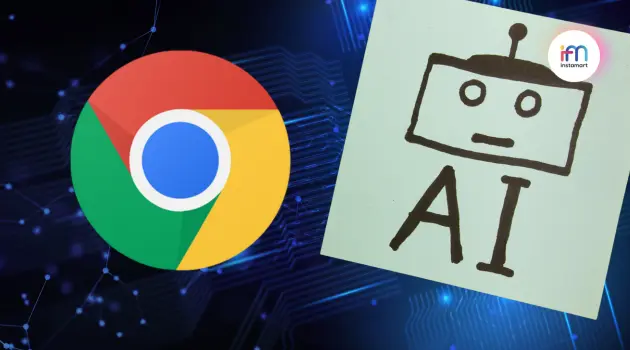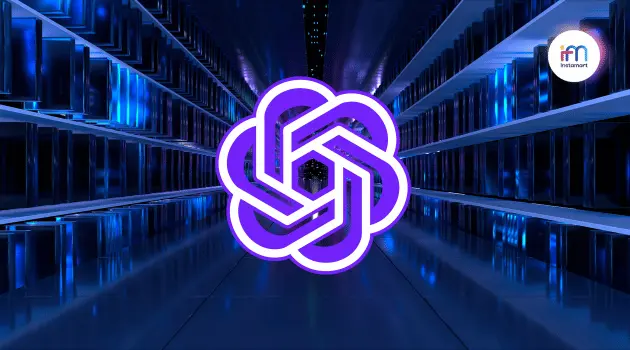I must confess that what we’re seeing today with Artificial Intelligence hype was fiction in the ‘90s. Back then, what jerked our bellies was downloading the Mosaic Web browser. However, today as I watch ChatGPT write emails for me, I literally feel the earth shifting right under my feet! The Artificial Intelligence hype has been visited with multiple reactions. Marx’s candidates with utopian bents look at the entrance of ChatGPT in workspaces as a savior to the sinking world economy. They welcome the new change and breakthroughs in the hope of increased intellectual productivity.
Statisticians are already adding facts to make sense of these ideas. For example, the Axios report shows that funding in AI moved from USD 613 million in 2022 to $2.3 billion in 2023. This hype can only get better! It is this category of individuals who add fuel to the furnace with phrases like “AI hacks you can’t live without!” or “Best ChatGPT tips to put you ahead of 99% of users!” Well, how you read and apply online information is a choice no one wishes to interfere with. Neither do I!
There is the second group of enthusiasts. I call them “Wishful Doomers.” They are simple prophets of this new technology armed with facts from AI godfathers and pundits. After all, if the godfathers confirm their worries, who are you to deny it? They have pressed for guardrails on the yet-to-be-developed Artificial intelligence capabilities citing injustices to the wage laborer.
The present harms are not only dramatized but also supported with empty fantasies. We too at ainews.instamart.ai have covered such incidences, “Content writers walking dogs as AI takes away their jobs.” As a person who studied Machine Learning, lived through the AI winter of 1998, and now experiencing the exponential growth of this technology, I want to make sense of these reactions and relate it to my own experience. I don’t promise it’s an easy endeavor but it’s worth understanding how we frame our reactions and responses to make our daily choices.
Demystifying Artificial Intelligence Hype and ML
The overly-inflated hype around AI has been a stumbling block for ML projects. That’s because people begin to undermine ML under the pretext of an “all-powerful” AI. Let’s take two ML use cases. First, it gives actionable predictions. A company executive is interested in understanding how many customers will likely cancel an order. As a result, the sales team will offer incentives to beef up customer relationships. Secondly, a notification of fraudulent credit card transactions triggers a processor rejection. It’s only ML and ML alone that’s capable of these practical predictions to deliver business value.
What I see in the current hype is that Artificial Intelligence is a vague umbrella term that most self-proclaimed researchers throw at everything that humans used to do but now technology is taking over. So, when we see the sweating robot, Andy, traversing the streets of ASU, we say “Wow! That’s ChatGPT in action.” Perhaps, this is a reasonable misunderstanding. However, a catch-all term of art like AI will likely undermine concrete ML projects with greater value prospects.
The hype and technology bubble has exposed scientists to difficult quandaries. There is a continued struggle to get an agreeable definition which is a shifting goalpost and will remain elusive. Machines only qualify as intelligent if they pass a Turing Test. It simply means the machine is interrogated in a chatroom to be sufficiently human-like. Not even Robot Sofia achieved such capabilities. Neither will Khanmigo the Tutor and many other chest-thumping AI robots. Eric Siegel refers to these attempts as “artificial impossibility”. Surprisingly, the hype has stirred grandiose narratives which will only start making sense to those who know there is no specific destination for AI hype. Otherwise, it will continue to sip the sap in ML to the detriment of business operations. If we consider machine learning as a process of improving measurable performance, we’ll not only see the irony in Artificial Intelligence hype but also appreciate what belongs to ML and call it exactly that.
Let’s Remember the Turk
Within 5 to 6 years, the FDA will approve a primary care app qualified to practice medicine like your primary care physician. Vinod Khosla, AI Godfather
Americans have a unique reverence and a higher appetite for new technologies. So, when Europeans constructed the Turk in 1770, it somehow found its way to Washington in 1826. It was a chess-playing automation manikin. The seemingly non-human chess player rested on a wooden box from which it drew its magic. Unsuspecting observers wondered with awe as the machinery wielded the chess pieces. Those of us who had a chance of seeing the new chess player in town will tell you how it was a hype of that time. Surprisingly, the magic in that wooden box was an expert chess player who moved the manikin’s arms! It took a whole century before IBM’s Dark Blue could play a chess game without human aid.
The awed reaction by the public is no different from the Artificial intelligence hype we are witnessing with ChatGPT. Big tech companies like OpenAI and Microsoft put in huge amounts of capital investments that are fueling the AI and ChatGPT hype. These are guarded by sagaciously constructed statements like “AI is an idea whose time has come and no one has the power to stop it.” The hype in Artificial Intelligence is keenly crafted around its goals and not impacts on society. For example, the Price Waterhouse survey has revealed that Artificial Intelligence will boost the global economy by over USD 15 trillion by 2030. So, what happens to the junior lawyer whose daily bread comes from case reviews and research? The flimsy and sometimes dramatized claims that propel AI hype are neither based on evidence nor tested.
We’re faced with an era of AI disillusionment, another winter of 1998. I may not succeed to convince you to resist the AI hype. No problem if it’s difficult for you to tone down AI rhetoric. However, I believe that as I lifted the lid in the above paragraphs, the smoke that hit you is a reminder that Artificial Intelligence is not inherently autonomous. It remains under our control and everyday interaction with it is a reminder of that very fact!!!
Read more AI News here
This opinion piece is written by:
– Aparajeeta Das, An American businesswoman and Founder of InstaMart.ai, based in Silicon Valley.
